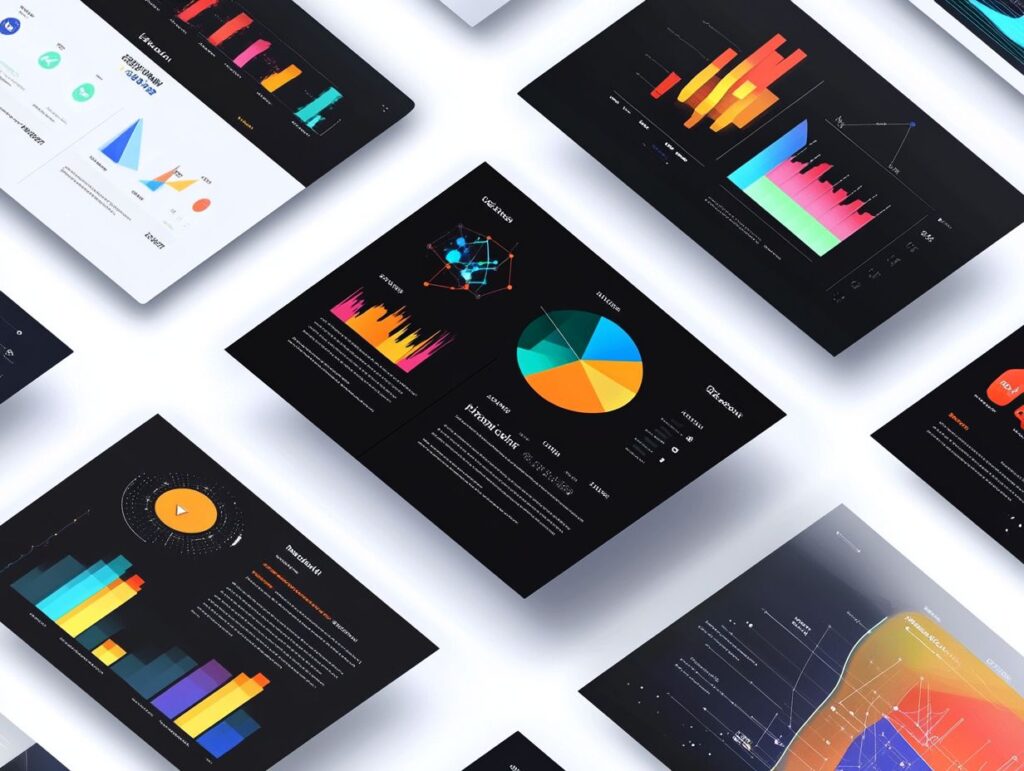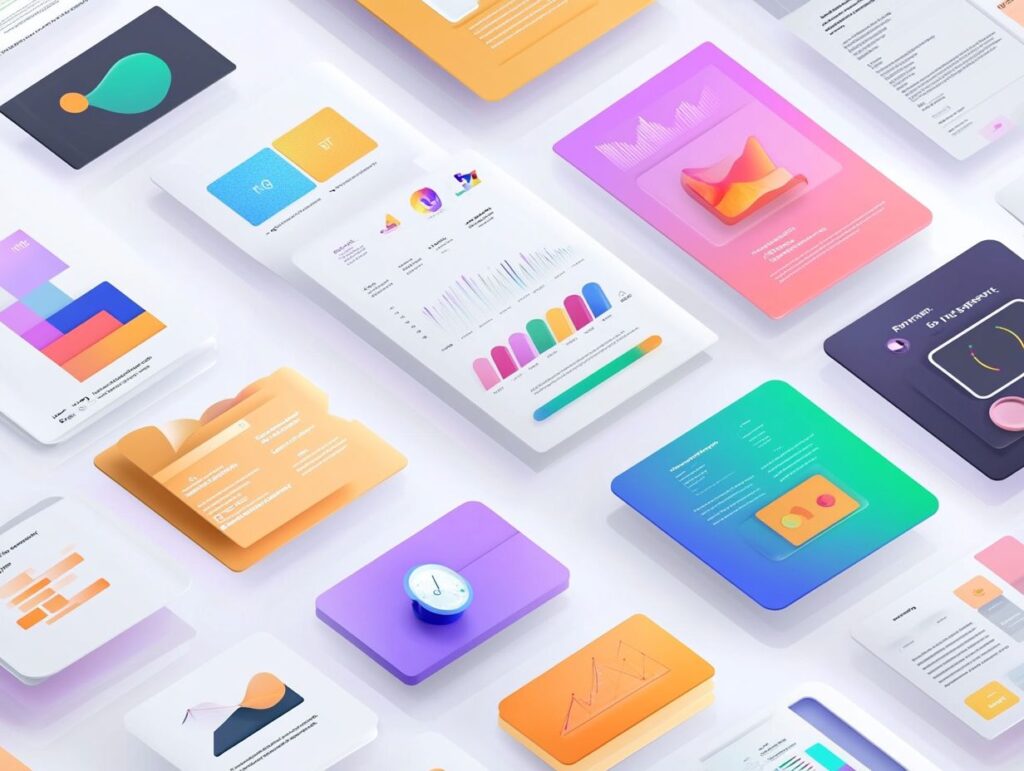In today’s fast-paced environment, effective presentations are crucial for making a significant impact; however, many individuals rely predominantly on PowerPoint, which may lead them to overlook innovative alternatives. This article examines the importance of presentation tools and explains why exploring alternatives can substantially enhance the quality of delivery. It will introduce seven exceptional tools, outlining key features to consider and providing guidance on their effective utilization. Furthermore, a comparative analysis of pricing will be included, along with real-life success stories that demonstrate how these alternatives can significantly enhance one’s presentation capabilities. Prepare to transform your approach to presenting.
Table of Contents
Key Takeaways:
- Explore beyond PowerPoint for more engaging and dynamic presentations.
- Consider features, ease of use, and pricing when choosing the right tool for your presentation needs.
- Learn tips and tricks for maximizing the potential of each PowerPoint alternative for a successful and impactful presentation.
The Importance of Presentation Tools

In today’s fast-paced and visually-driven environment, the significance of presentation tools cannot be underestimated, as they are essential for enhancing audience engagement, facilitating effective communication, and providing presenters with unique features tailored to diverse needs.
Tools such as Google Slides and Microsoft PowerPoint enable real-time collaboration and foster interactive presentations. Additionally, innovative platforms like AI presentation makers and various alternatives to PowerPoint deliver compelling visuals, extensive customization options, and seamless integration with other productivity tools. According to research published on ResearchGate, visual storytelling plays a crucial role in enhancing audience engagement, making these tools indispensable across various fields.
This functionality simplifies the process of creating engaging presentations and client proposals that resonate with audiences in educational, corporate, and creative contexts.
Why You Should Consider Alternatives to PowerPoint
Microsoft PowerPoint continues to be a fundamental tool in the field of presentation software; however, exploring alternatives such as Google Slides and innovative platforms can significantly enhance presentation skills and audience engagement through their unique features and increased flexibility.
Many users have reported dissatisfaction with PowerPoint’s limitations, particularly in terms of collaborative capabilities and compatibility across various devices. In contrast, alternatives like Google Slides provide robust collaboration options, enabling multiple users to edit concurrently, regardless of their geographical location.
Additionally, AI presentation makers and other specialized tools can incorporate dynamic elements and interactivity that engage audiences more effectively than traditional slides. Industry experts, including the team at Visme, have highlighted these advancements as part of the best presentation software options available today.
By utilizing user reviews and feedback, presenters can identify the tools that resonate most with their audiences and adapt their strategies accordingly to foster deeper connections and stimulate engagement.
Top 7 PowerPoint Alternatives
When evaluating alternatives to Microsoft PowerPoint, several robust presentation software options emerge, each offering unique features, enhanced user experiences, and innovative tools tailored to various presentation requirements.
Notable alternatives include Google Slides, Prezi, and Beautiful.ai, each providing distinct advantages for crafting compelling presentations suitable for a wide range of contexts, including educational videos and client proposals.
Overview of Each Tool

An overview of the leading PowerPoint alternatives showcases a range of robust tools, including Google Slides, which excels in facilitating real-time collaboration, and Prezi, recognized for its dynamic presentations that elevate traditional linear storytelling into engaging visual experiences.
In the continually evolving digital landscape, users are increasingly seeking versatile platforms that provide more than mere static slides. Google Slides distinguishes itself with its cloud-based functionality, allowing teams to co-edit documents simultaneously, while also offering a variety of design templates that accommodate different presentation requirements.
Conversely, Prezi captivates audiences with its distinctive zooming capabilities, allowing presenters to navigate seamlessly between topics, thereby enhancing engagement through interactive elements.
Additionally, tools such as Canva and Microsoft Sway feature intuitive interfaces and user-friendly functionalities, making them ideal for crafting visually compelling presentations that can be easily shared and accessed from any location.
Each of these alternatives offers a unique array of functionalities tailored to diverse presentation styles, ensuring that users possess the flexibility to create impactful visual narratives.
Features to Look for in Presentation Tools
When selecting appropriate presentation tools for your needs, it is crucial to evaluate various features that can substantially improve audience engagement and overall presentation effectiveness. According to a comprehensive comparison by Visme, understanding the strengths of different software can guide your decision.
Key considerations include customization options, design templates, and real-time collaboration capabilities, which enhance teamwork and foster creativity.
Key Factors to Consider When Choosing a Tool
When selecting the ideal presentation tool, it is important to consider several key factors, including user-friendliness, customization options, and the capability to utilize cloud storage. These features facilitate seamless access and encourage audience participation during presentations.
It is also essential to assess how effectively the tool integrates data visualizations, as compelling graphics can significantly enhance the storytelling aspect of any presentation. Another vital consideration is online accessibility, enabling presenters to engage with diverse audiences regardless of their geographical location.
Additionally, feedback analysis capabilities are crucial, as they allow users to gauge audience reactions in real time, enabling adjustments to their delivery for maximum impact.
By prioritizing these elements, presenters can enhance the overall experience, fostering greater interaction and understanding, which ultimately leads to more effective communication of their message.
How to Use Each PowerPoint Alternative

To fully leverage the capabilities of each PowerPoint alternative, it is essential to understand their distinct functionalities and to navigate their interfaces proficiently.
This understanding will enable the creation of compelling presentations that engage the audience, whether utilizing Google Slides for real-time collaboration or Prezi for dynamic storytelling.
Tips and Tricks for Maximizing the Potential of Each Tool
Maximizing the potential of presentation tools such as Google Slides, Prezi, and Beautiful.ai requires a comprehensive understanding of their features. Employing strategic techniques, including the use of design templates, the integration of interactive elements, and a focus on audience engagement, can significantly enhance overall presentation skills.
By exploring the unique functionalities offered by each platform, speakers can craft truly engaging narratives that resonate with their audiences. For example, integrating storytelling techniques through compelling visuals can capture attention and evoke emotions, while selecting the appropriate design template establishes the tone for the entire presentation.
Incorporating interactive elements, such as polls or Q&A sections, not only adds dynamism to the presentation but also encourages active audience participation. Effectively utilizing these methods enables presenters to transform ordinary information into captivating narratives that leave a lasting impression.
Pricing and Availability
Understanding the pricing structure and availability of various presentation tools is critical for making an informed decision.
For instance, options like Google Slides are available at no cost, whereas alternatives such as Microsoft PowerPoint and Prezi operate on subscription-based models that differ in terms of pricing and features.
These variations can significantly impact accessibility for both individual users and organizations.
Comparison of Costs and Access

A thorough comparison of costs and accessibility for prominent presentation tools such as Google Slides, Microsoft PowerPoint, and Prezi reveals notable differences in pricing models, functionality, and accessibility. These factors are essential considerations for users, including educators and corporate professionals.
Such variations can significantly influence decision-making, particularly for those evaluating free versus paid versions. For example, Google Slides is entirely free for users with a Google account, providing a comprehensive set of features suitable for basic presentation requirements. In contrast, Microsoft PowerPoint operates on a subscription model that offers advanced tools and seamless integration with other Microsoft products, though this comes with a recurring cost.
Prezi, recognized for its innovative zooming user interface, presents distinct pricing tiers that may appeal to those seeking dynamic visuals, yet could dissuade budget-conscious users. Evaluating the advantages and disadvantages of these accessible platforms enables individuals and organizations to enhance their presentation capabilities while remaining attentive to their financial considerations.
Real-Life Examples and Success Stories
Real-life examples and success stories illustrate the significant impact of utilizing presentation software such as Google Slides and Microsoft PowerPoint.
These tools effectively enhance audience engagement, drive client proposals, and facilitate effective communication within organizations across diverse sectors.
Inspiration from Businesses and Individuals Who Have Used These Alternatives
Inspiration can be gleaned from various businesses and individuals who have effectively utilized presentation software alternatives such as Prezi and Google Slides to create engaging presentations that not only impress audiences but also facilitate clear communication of their messages and enhance client proposal success.
For instance, a marketing agency recently reported that their transition to Prezi significantly transformed their pitch sessions, resulting in a 30% increase in client acquisition. By leveraging its dynamic interface, team members were able to craft visually compelling narratives that captivated potential customers, leading to heightened levels of engagement during their presentations.
Similarly, a nonprofit organization achieved notable success upon adopting Google Slides for their fundraising campaigns. By integrating real-time collaboration, they refined their messaging based on feedback from volunteers, ultimately improving their outreach efforts and substantially increasing donation rates.
These case studies underscore not only the effectiveness of these tools but also their considerable impact on communication and stakeholder engagement.









